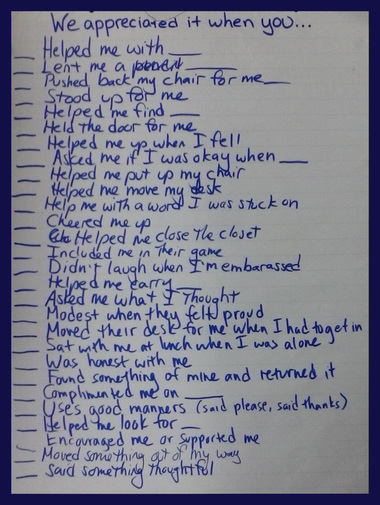
Before our holiday party, we took the time to write to each classmate. We let them know why we appreciate them, and why we are glad they are in our class. It seemed like a lot of work before we started, but at the end, you each ended up with a whole page of nice things written about you that you got to keep.
Happy Holidays, kids!

Today you learned about landforms. In your social studies notebook, you took 2 column notes on the landforms you found in the Northeast Region chapters in your textbook.
Since you live in here in the Northeast Region, have you visited any of the landforms that you read about?

We have been practing the ANSWER method when answering open response questions about passages we've read.
In the plan above, after we:
Analyzed the question, we saw that we'd need 2 main idea sentences in our answer.
Notes needed for our answer would have to be about problems before the flight, and problems after the flight. We wrote them in black on the left side of the chart. Then we left room for lots of evidence on the right side of the chart.
Scanning and underlining the evidence came next. We wrote as many details as we could in purple on the left.
Writing the paragraph came afterwards.
Ending by
Rereading let you know if your writing answered the question clearly and completely.
Did you find all
We have talked about invertebrates that have no bones or skeleton. We've also talked about invertebrates that have their skeleton on the outside! This is called an exoskeleton. An exoskeleton protects the animal from predators.
To protect our clay animals and simulate an exoskeleton, we wrapped them in tin foil! Can you identify any of the animals below?
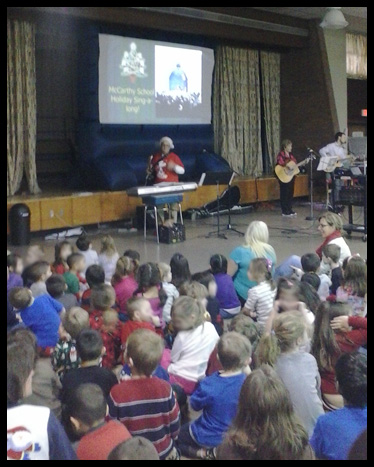
Our holiday concert was a lot of fun! Everyone got to be part of the audience for part of the show, and everyone got to be part of the performance for part of the show, because we were seated around the perimeter of the cafeteria!
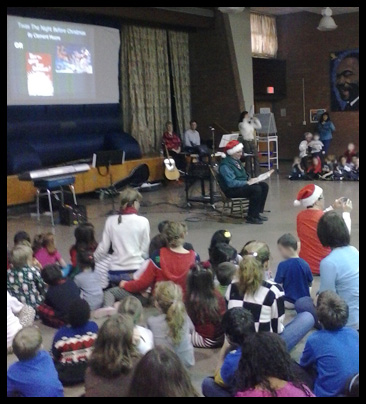
Mr. Smoyer read "The Grinch Who Stole Christmas."
What was your favorite song sung at the concert?

Now that you've learned long division, remember how to estimate so you know about how much your quotient will be before you even start to divide. That way if you leave out a number, or aren't sure when to stop dividing and write the remainder, you know how many places your answer will have.
Another way to check that you divided correctly is to multiply! Just like when you divide 15 by 5 and get 3, you can check it by thinking: Is 5x3 equal to 15? Yes, so my quotient is correct. You can do the same with long division. Just add your remainder after you multiply.

Your Bookworms are evolving! As they get older this year, they are turning from yellow to...blue!
I wonder if they will get completely covered by the end of term 2. What do you think? Do you think you will read more in term 2 than you did last term? Why or why not?

We are starting to use the dollar bills less to help us with division!
Now you know the trick: instead of trying to divide 16 tens by 5, you can find a multiple of 5 that's just a little less than 16. 15 tens divided by 5 is 3 tens, but you have 1 ten left.
Just remember the steps:
Multiple (of the divisor that's smaller than the dividend)
Divide (the divisor by that multiple and write the answer above)
Subtract (to find out how much left you have to divide)
And repeat until there's nothing left to divide! Notice the remainder (2) is smaller than the divisor (5) so you know you can't split that up any further.
(Unless you use dimes, but that's a whole different lesson!)
If you divide 806 by 4, will the quotient have a number in the hundreds place? How do you know?
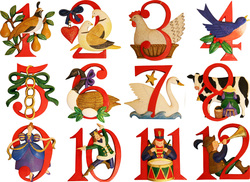



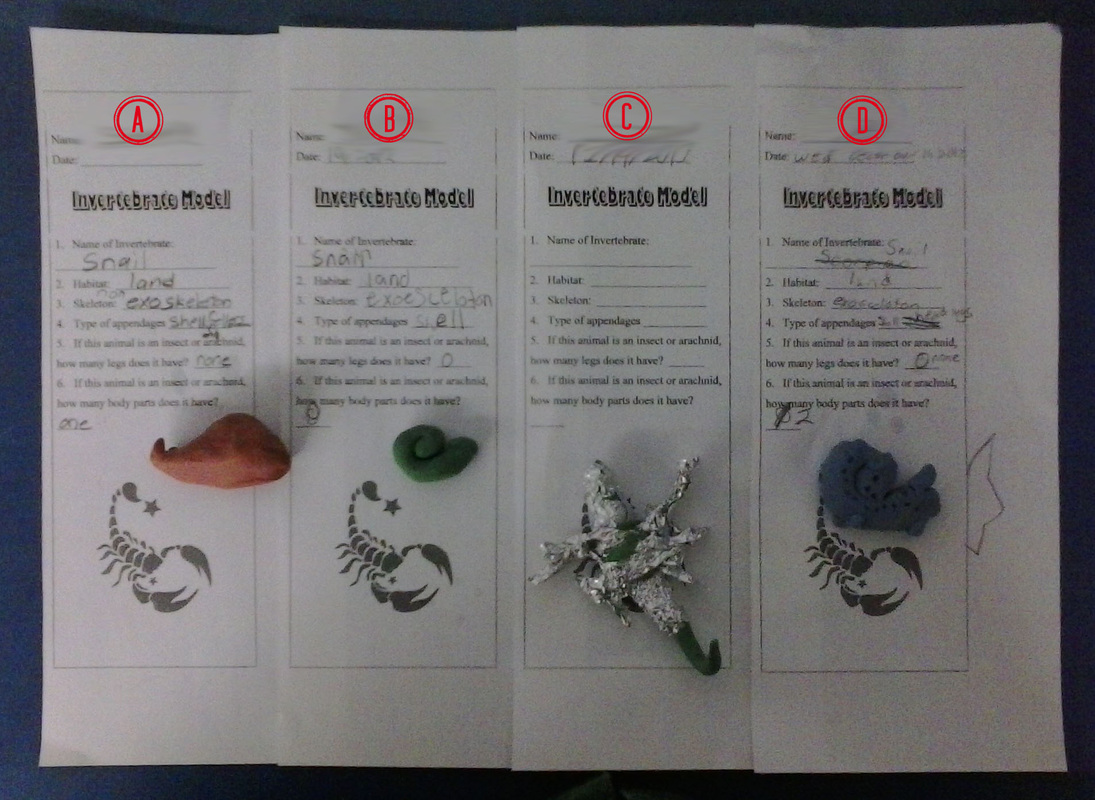
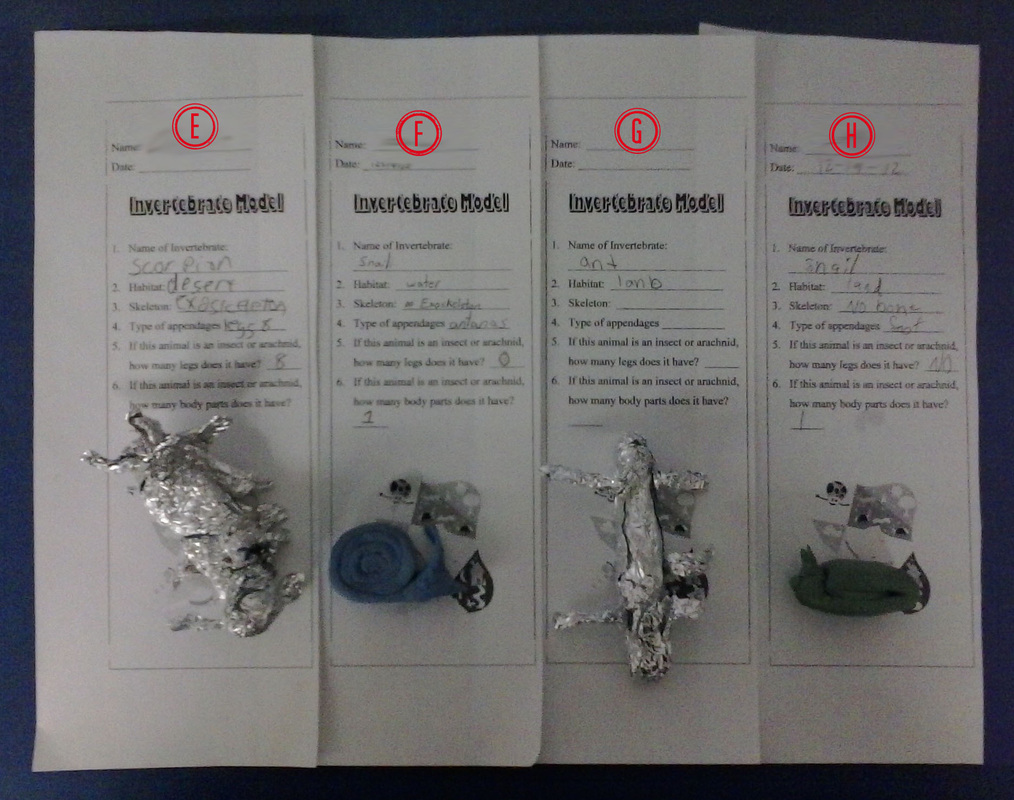
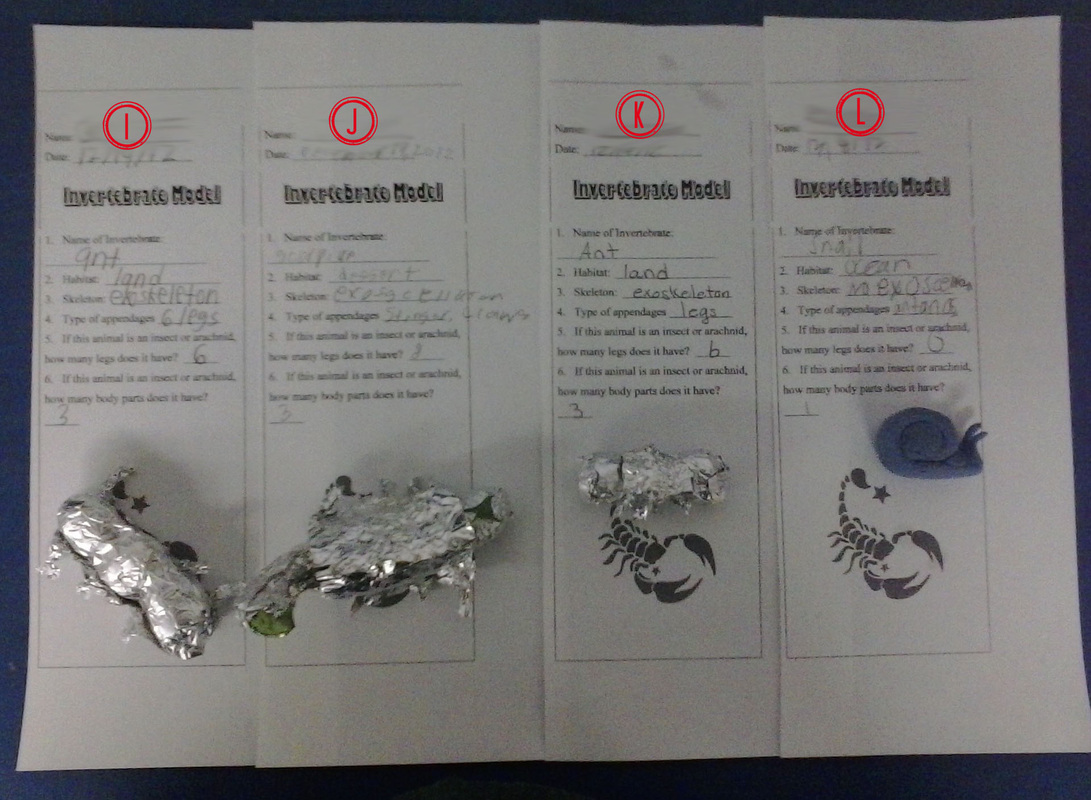
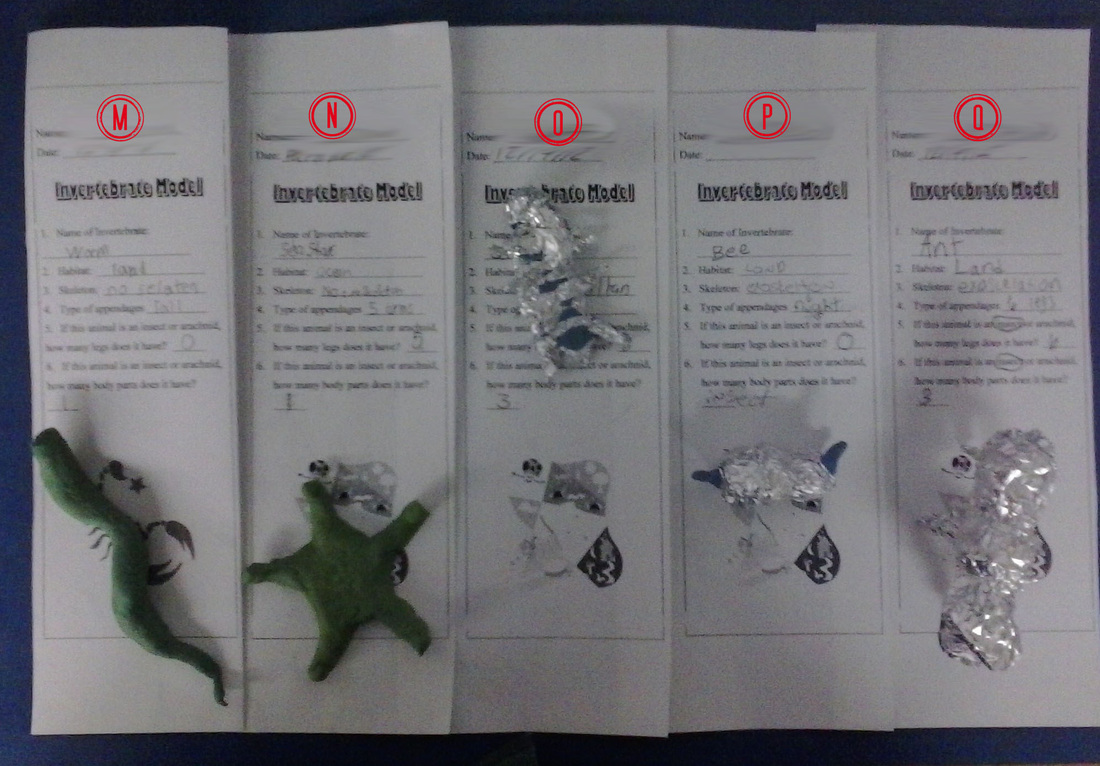





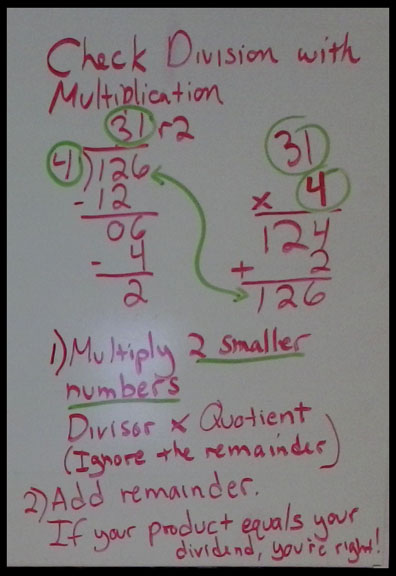

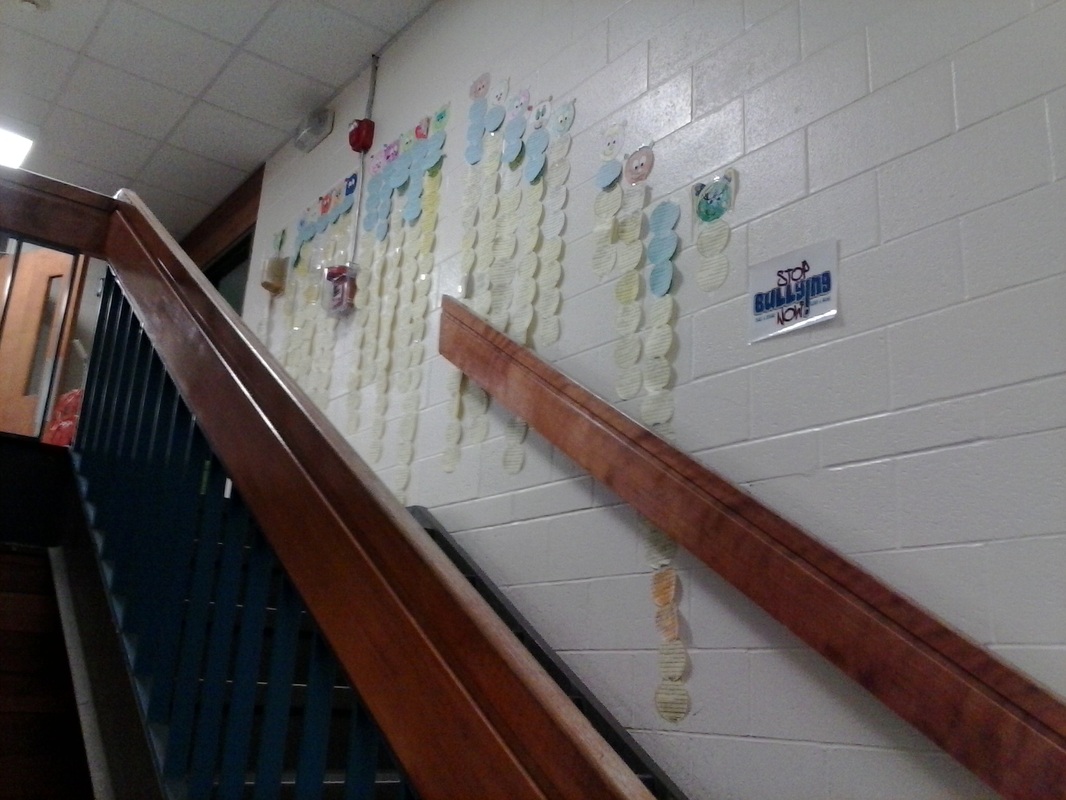


 RSS Feed
RSS Feed